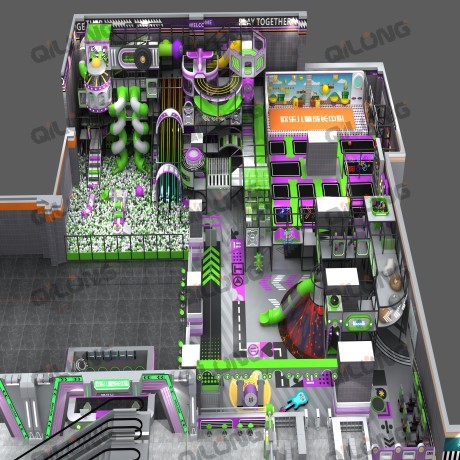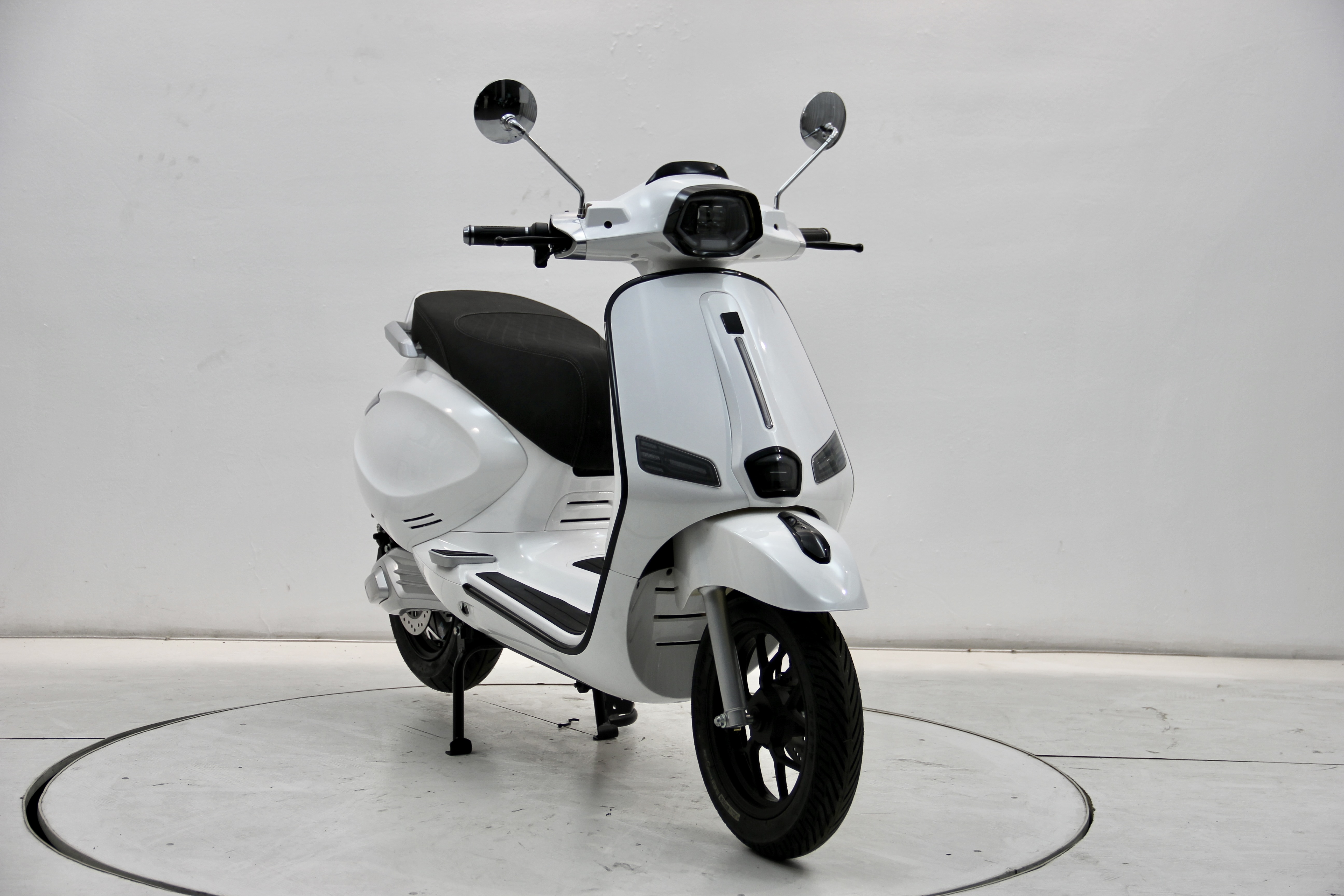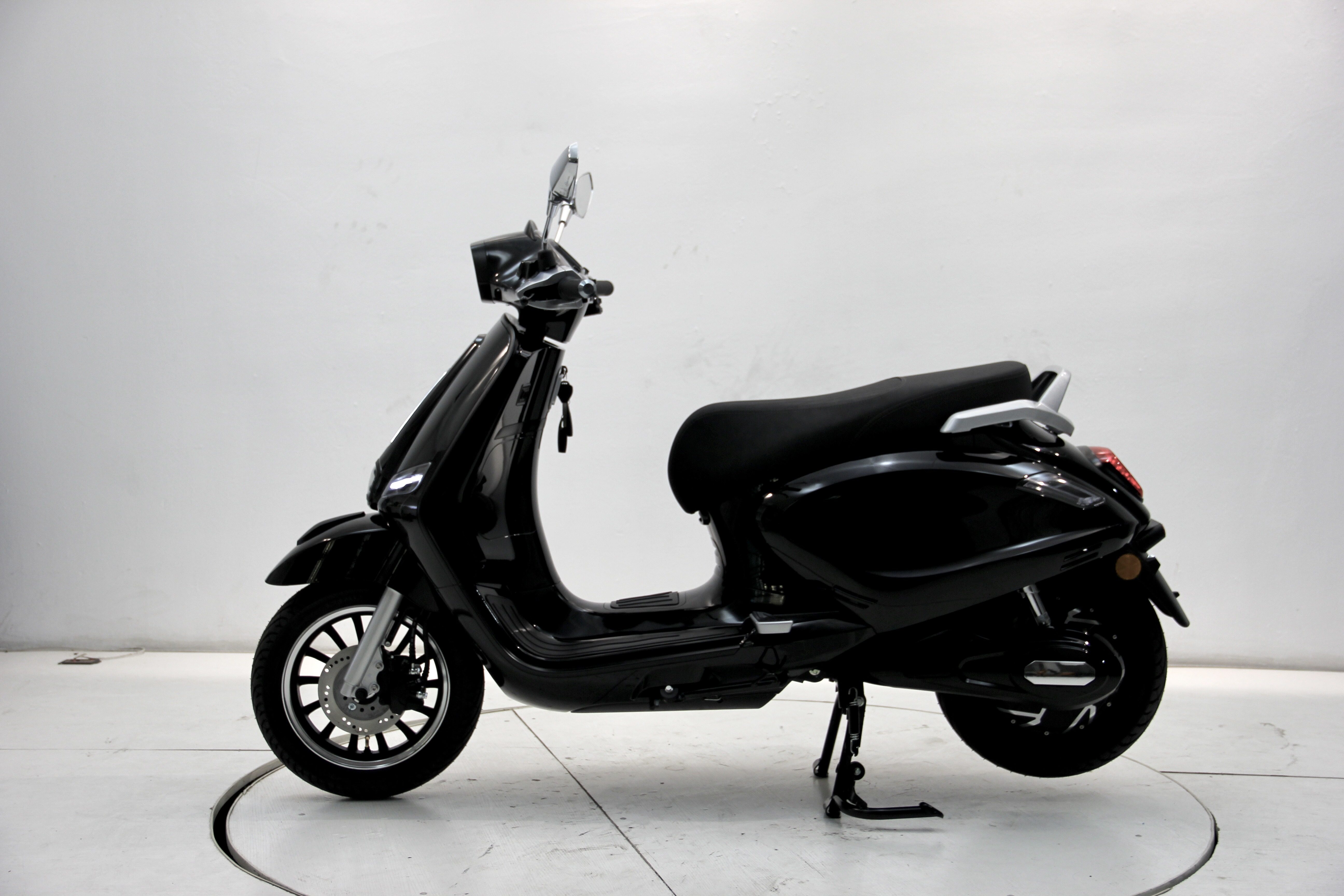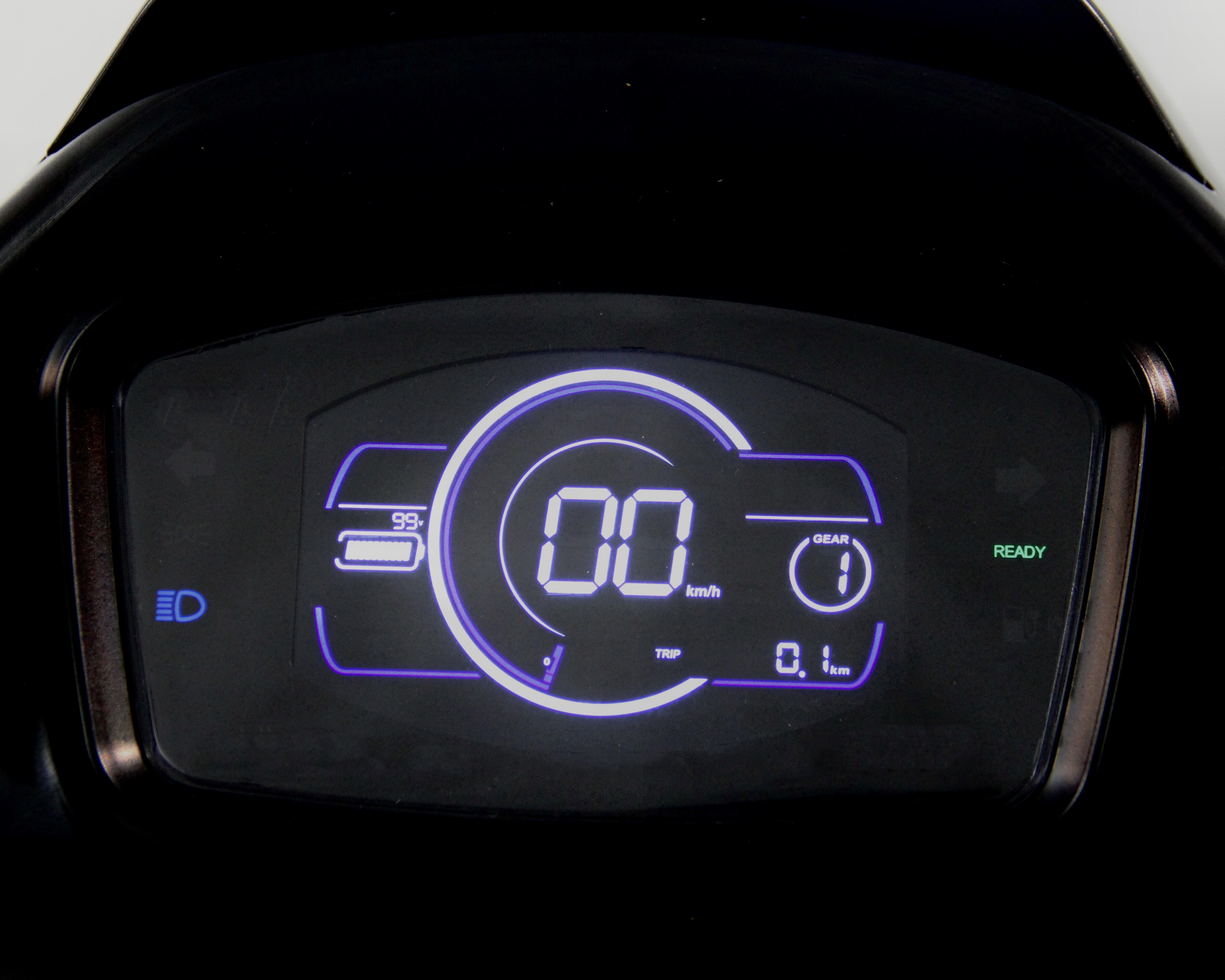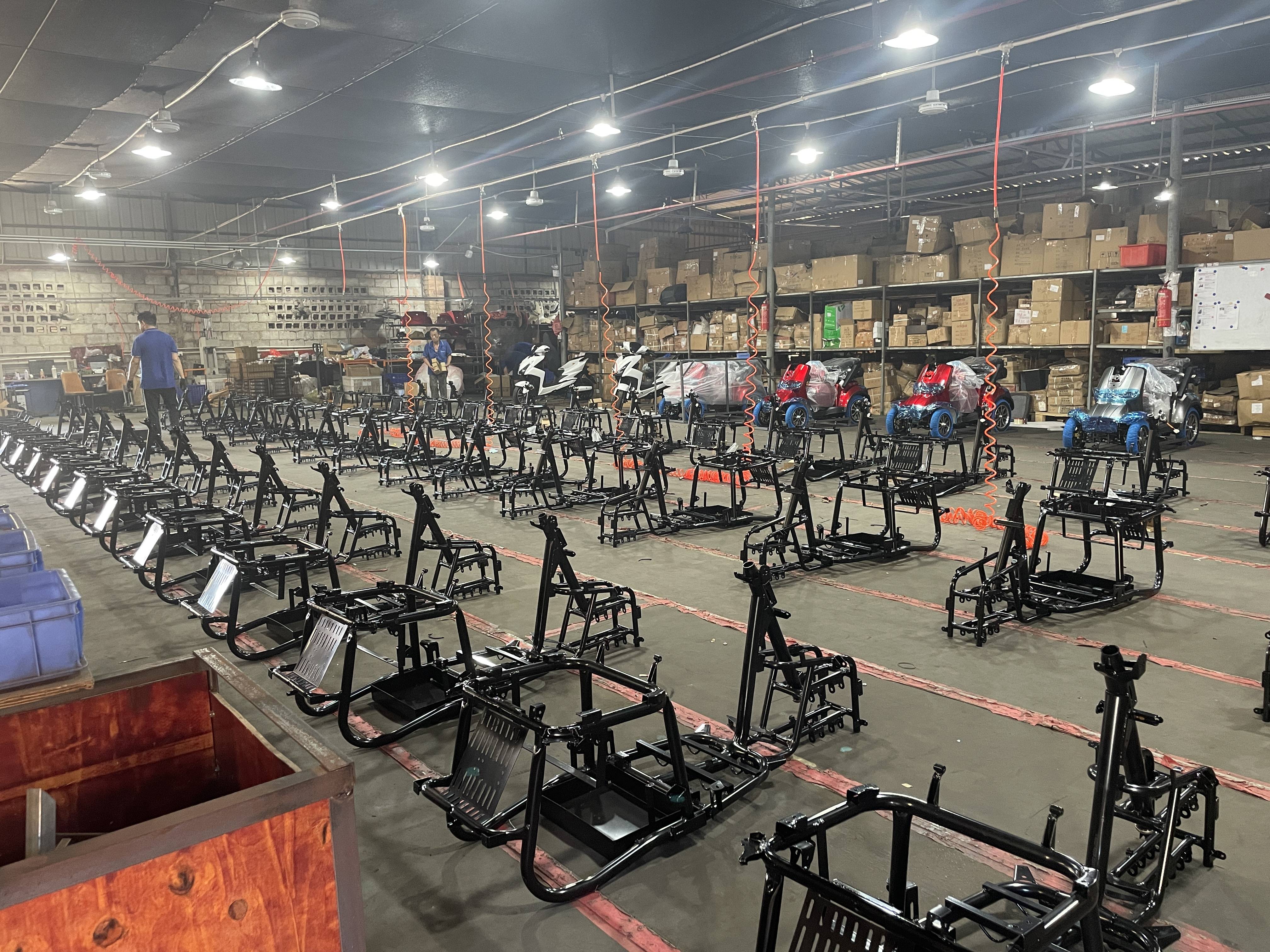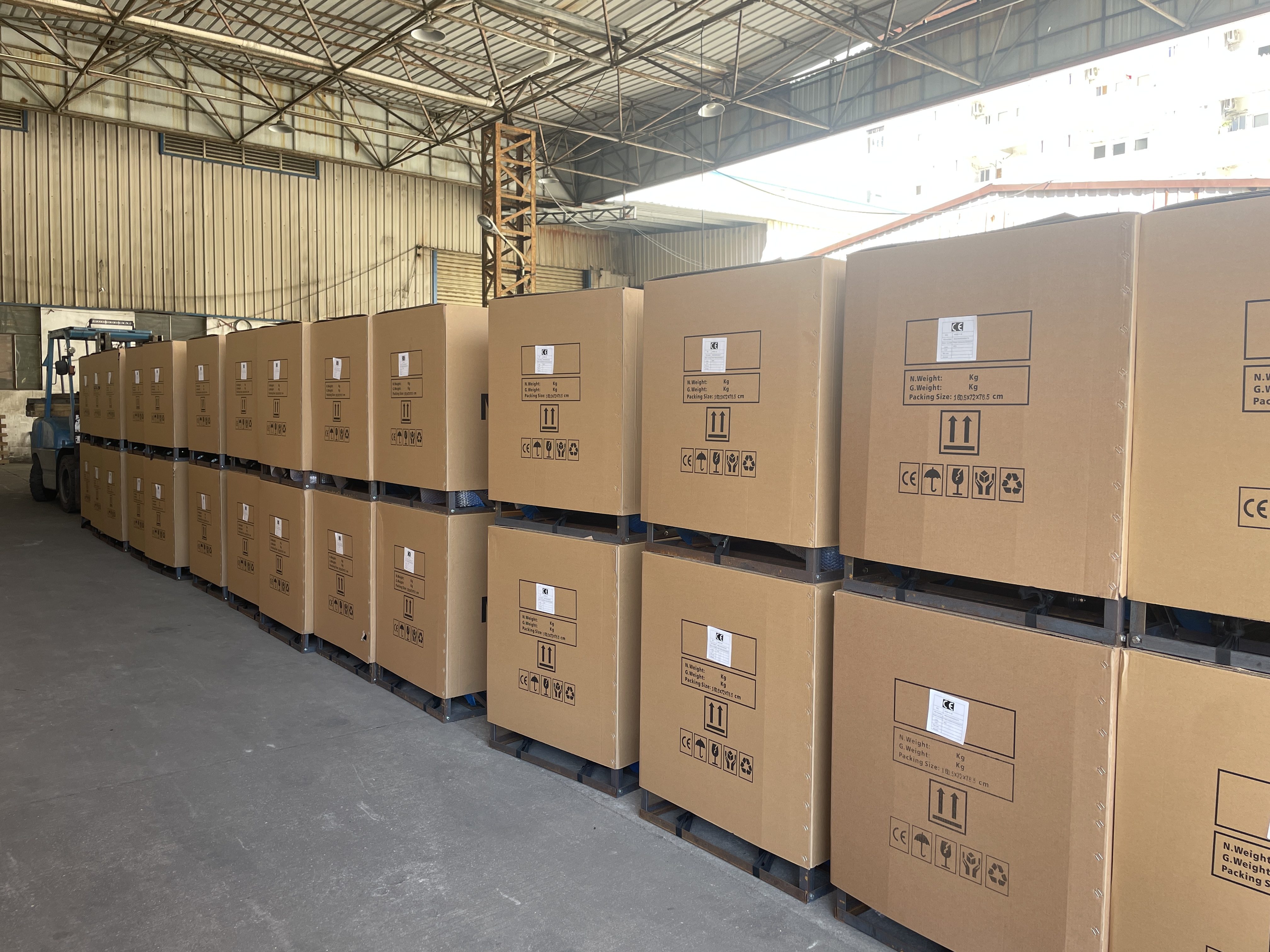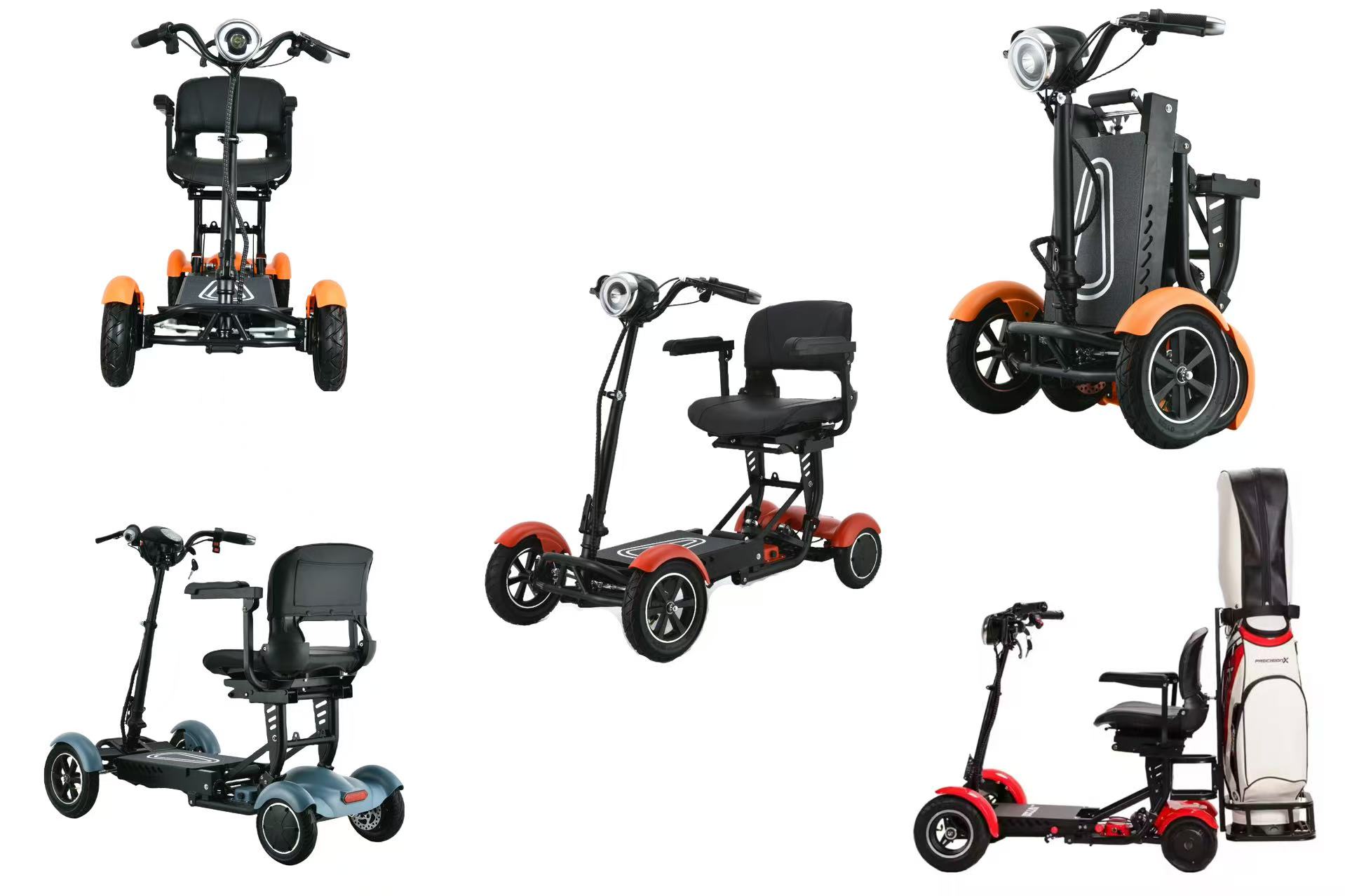Indoor playgrounds aren’t just spaces for kids to burn off energy—they also play a crucial role in supporting early childhood education objectives. By integrating key educational principles into their design, indoor playgrounds can enhance physical development, social-emotional skills, and imagination.
This makes them a valuable partner for educational institutions and a powerful tool for promoting holistic development in young children. Let’s explore how well-designed play areas can align with early childhood education goals and improve collaboration with educational programs.
Gross motor skills—such as running, jumping, and climbing—are fundamental to young children’s physical development. Indoor playgrounds offer an ideal environment to nurture these skills through active play that engages children’s large muscle groups.
How Playgrounds Support Gross Motor Development:
-
Climbing Structures: Activities like climbing walls, jungle gyms, and rope courses help children build strength, coordination, and balance. These skills are essential for future physical activities like sports or even day-to-day tasks.
-
Trampoline Areas: Jumping on trampolines encourages balance and strengthens muscles, which supports both physical health and motor skill refinement.
-
Sliding and Crawling Zones: These areas help kids develop body control, spatial awareness, and fine-tuned coordination, all while having fun.
Educational Value: Gross motor play supports not only physical health but also children’s ability to focus, follow directions, and build confidence. It ties directly into school readiness, ensuring children are physically prepared to participate in classroom activities.
Tip: When working with educational institutions, emphasize how your playground’s design supports motor skill development through interactive elements like trampolines, climbing structures, and ball pits.
2. Fostering Social-Emotional Skills
Indoor playgrounds are fantastic environments for developing social-emotional skills, which are key to early childhood education. Children learn how to interact with others, manage their emotions, and develop empathy through structured and unstructured play.
How Playgrounds Foster Social-Emotional Skills:
-
 Role-Playing AreasThemed play zones like pretend kitchens, doctor’s offices, or supermarket setups encourage children to interact and communicate with each other. These play spaces teach kids how to share, take turns, negotiate, and express their emotions.
Role-Playing AreasThemed play zones like pretend kitchens, doctor’s offices, or supermarket setups encourage children to interact and communicate with each other. These play spaces teach kids how to share, take turns, negotiate, and express their emotions. -
 Group Games and ActivitiesMany playgrounds feature areas for group play, such as team games or cooperative activities like building a large structure together. This encourages collaboration and problem-solving.
Group Games and ActivitiesMany playgrounds feature areas for group play, such as team games or cooperative activities like building a large structure together. This encourages collaboration and problem-solving. -
 Emotional Regulation ZonesSpaces where kids can calm down, such as sensory corners or quiet rooms, can help children manage their feelings, promoting better emotional regulation.
Emotional Regulation ZonesSpaces where kids can calm down, such as sensory corners or quiet rooms, can help children manage their feelings, promoting better emotional regulation.
Educational Value: Social-emotional skills are critical for school success, as children who can manage their emotions and interact well with peers are better equipped for classroom learning and collaboration. They also help build resilience, enabling children to handle the challenges of growing up.
Tip: Work with early childhood educators to highlight how your indoor playground can serve as a social hub, allowing children to practice social skills, cooperation, and emotional expression.
Imaginative play is a cornerstone of early childhood education. It helps children develop problem-solving abilities, critical thinking, and creativity—all important skills for academic and life success. Indoor playgrounds with creative spaces can greatly enhance these cognitive abilities.
How Playgrounds Stimulate Imagination:
-
Themed Play Zones: Areas like pirate ships, space stations, or dinosaur worlds let children’s imaginations run wild, fostering creativity. These zones encourage storytelling, role-playing, and symbolic thinking.
-
Building and Construction Areas: Play spaces with building blocks or interactive structures allow children to experiment with design, engineering, and construction—skills that lay the foundation for future STEM learning.
-
Interactive Walls and Digital Play: Educational and interactive elements like touch-sensitive boards or projection-based games let children engage with dynamic environments, sparking creativity and cognitive growth.
Educational Value: Imagination is essential for problem-solving and critical thinking. Children who engage in creative play develop a deeper understanding of the world around them, which supports both academic success and life skills.
Tip: Collaborate with local schools or educational programs by emphasizing how your playground's design encourages imaginative and creative play, which aligns with cognitive development goals in early education.
Cognitive skills are key to a child’s ability to learn and succeed in school. Indoor playgrounds can stimulate these skills through activities that challenge children to think critically and solve problems.
How Playgrounds Promote Cognitive Development:
-
Puzzle and Problem-Solving Areas: Include interactive puzzle walls or mazes that require children to think critically to progress.
-
STEM Learning Zones: Integrating science, technology, engineering, and mathematics into play areas (such as simple machines, building blocks, or interactive tech-based games) can spark children’s interest in these subjects.
-
Memory Games and Sorting Activities: Areas that involve sorting objects by color, shape, or size, as well as memory-based games, help children develop critical thinking and decision-making skills.
Educational Value: These activities support early literacy and numeracy development, which are critical for school readiness and future academic success.
Tip: Consider collaborating with educational institutions to create a playground that integrates educational components, supporting early childhood learning goals like STEM and cognitive development.
Physical activity is essential not only for physical health but also for mental well-being. Indoor playgrounds that encourage active play can also help children manage stress, improve focus, and boost their mood.
How Playgrounds Support Health:
-
Active Play Areas: Trampolines, climbing walls, and slides help children stay physically active, which in turn supports both physical health and emotional well-being.
-
Sensory Play Areas: Sensory zones with tactile walls, water features, or musical instruments provide calming activities that can help children with sensory processing or emotional regulation.
-
Mindfulness Zones: Areas with relaxing activities such as deep-breathing exercises or quiet spaces for reflection help children improve focus and reduce stress.
Educational Value: Physical activity supports not only health but also cognitive development and mental clarity, which improves children’s ability to learn and thrive in academic settings.
Tip: Work with playground designers to incorporate health-focused play areas into your design, ensuring that children benefit from both physical and emotional development.
Conclusion: Indoor Playgrounds as Educational Partners
Indoor playgrounds are much more than just fun zones—they can be key partners in early childhood education. By thoughtfully integrating elements that support gross motor skills, social-emotional development, creativity, and cognitive growth, playgrounds can align with the objectives of educational institutions. They offer hands-on, engaging environments that help children develop the foundational skills they need for school readiness and lifelong learning.
✅ Want to collaborate with educators to enhance early childhood development?
🚚 Email sale@xyyplayground.com for educational playground design solutions.
